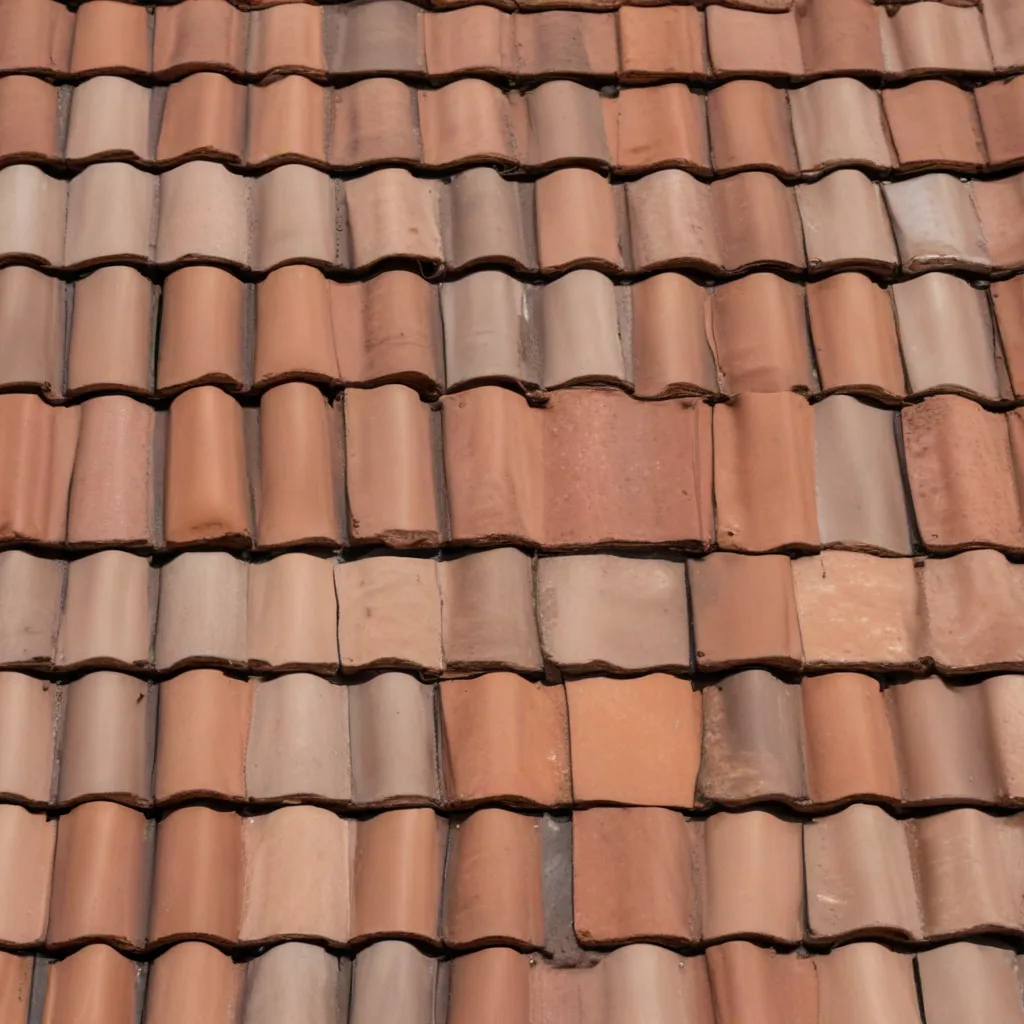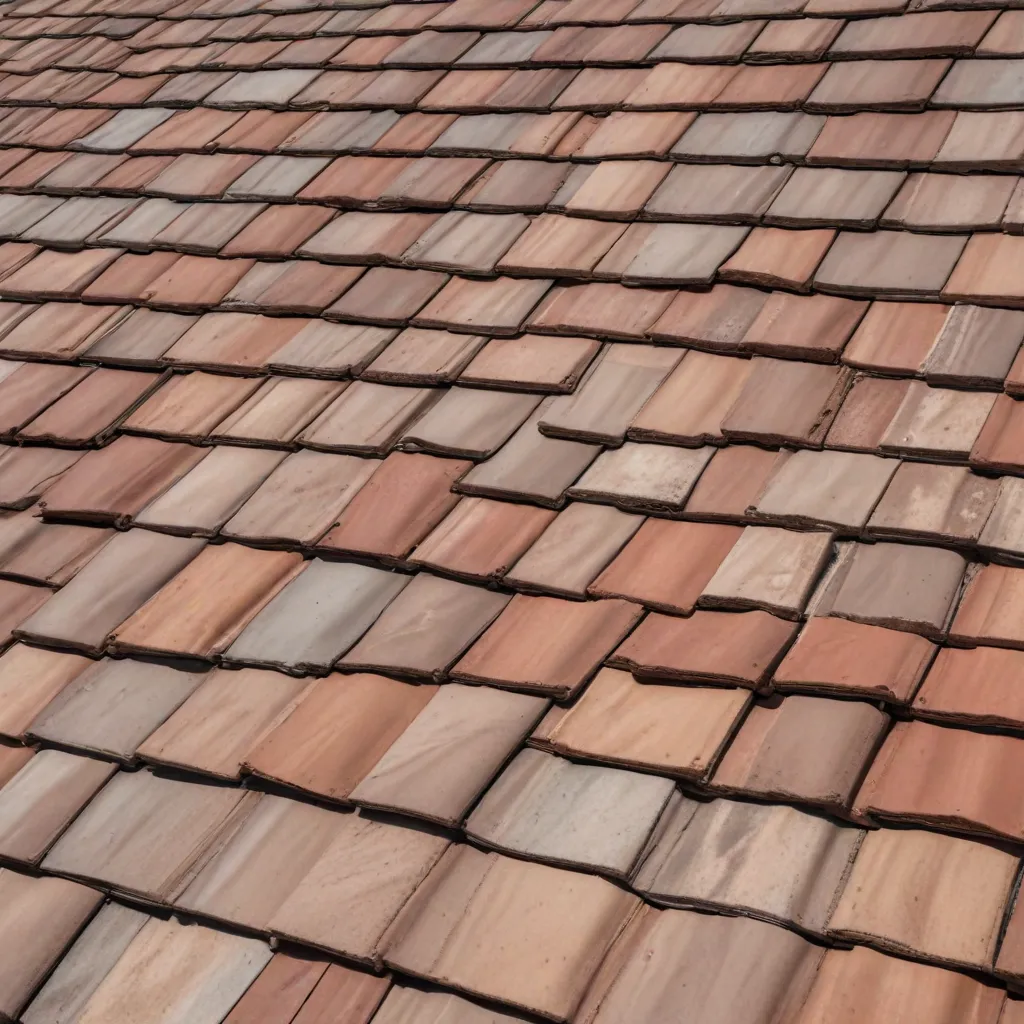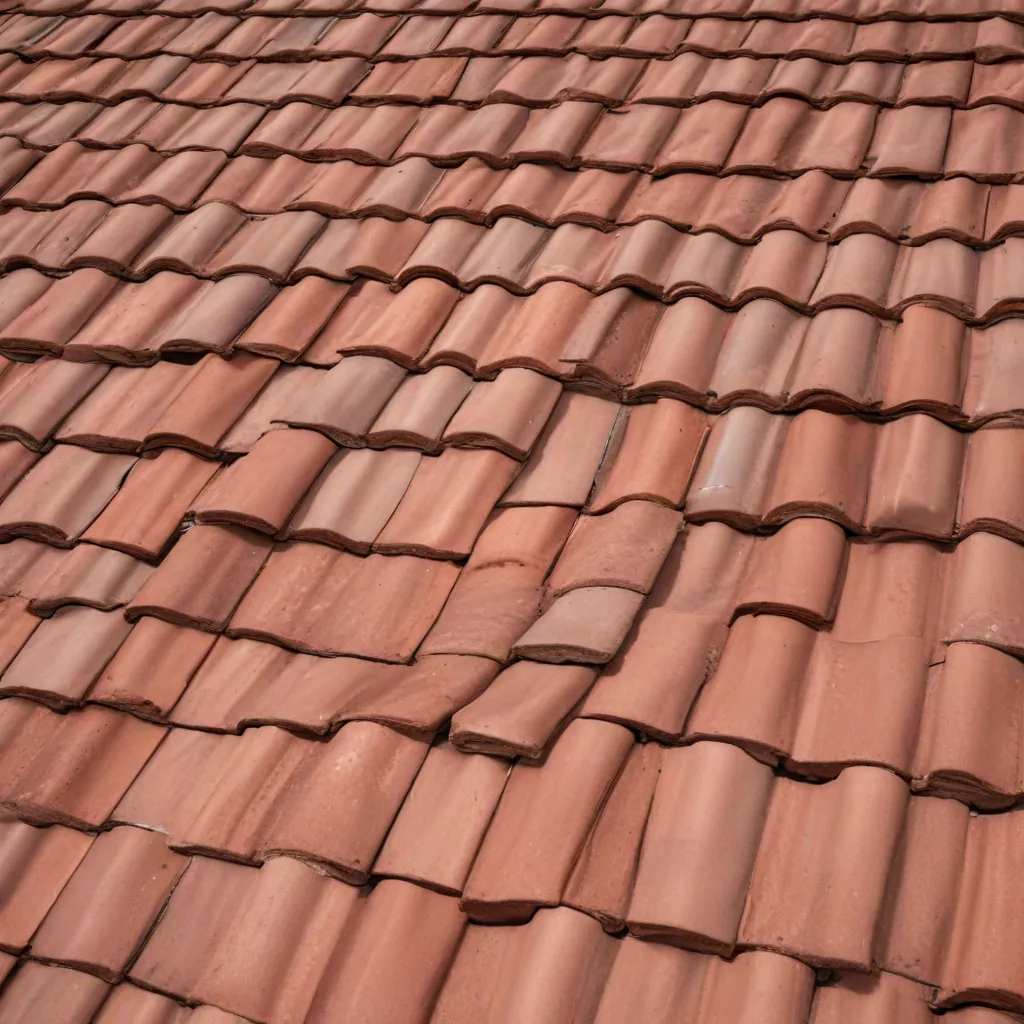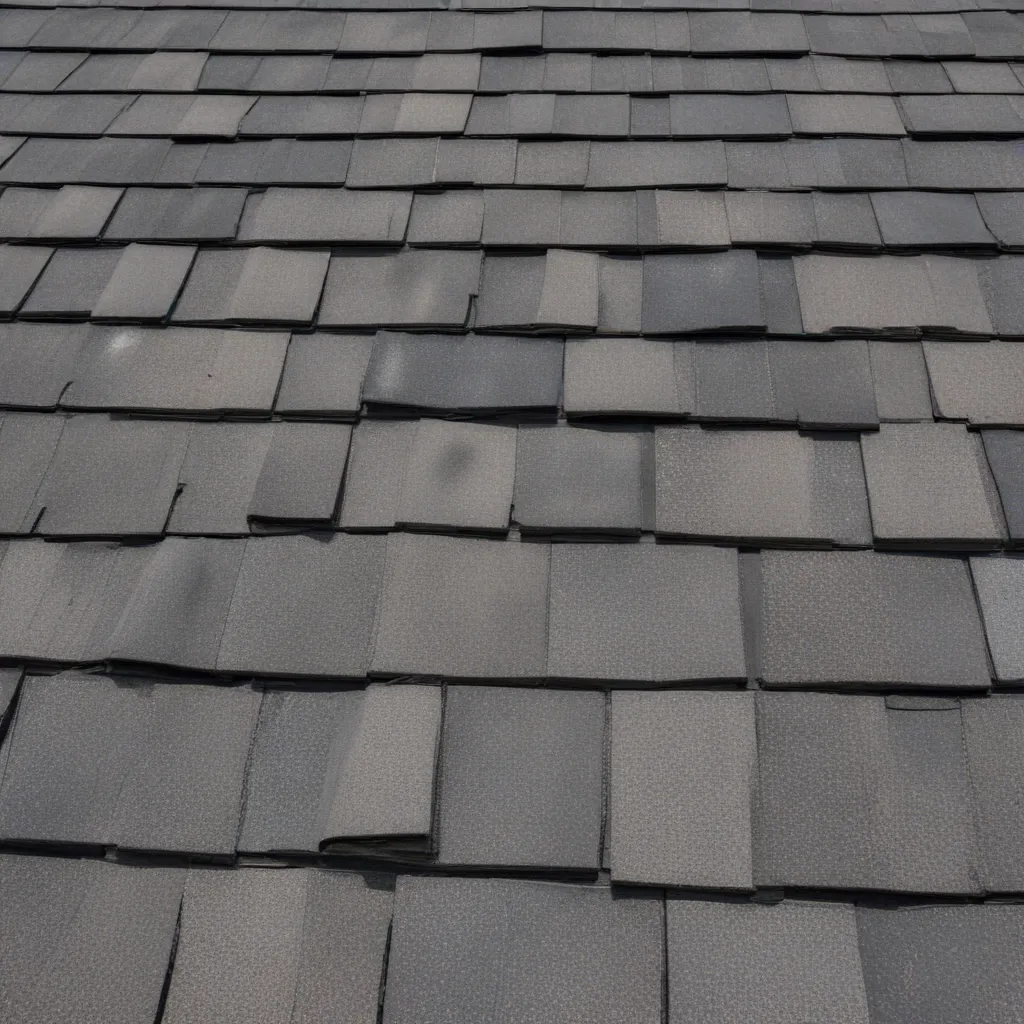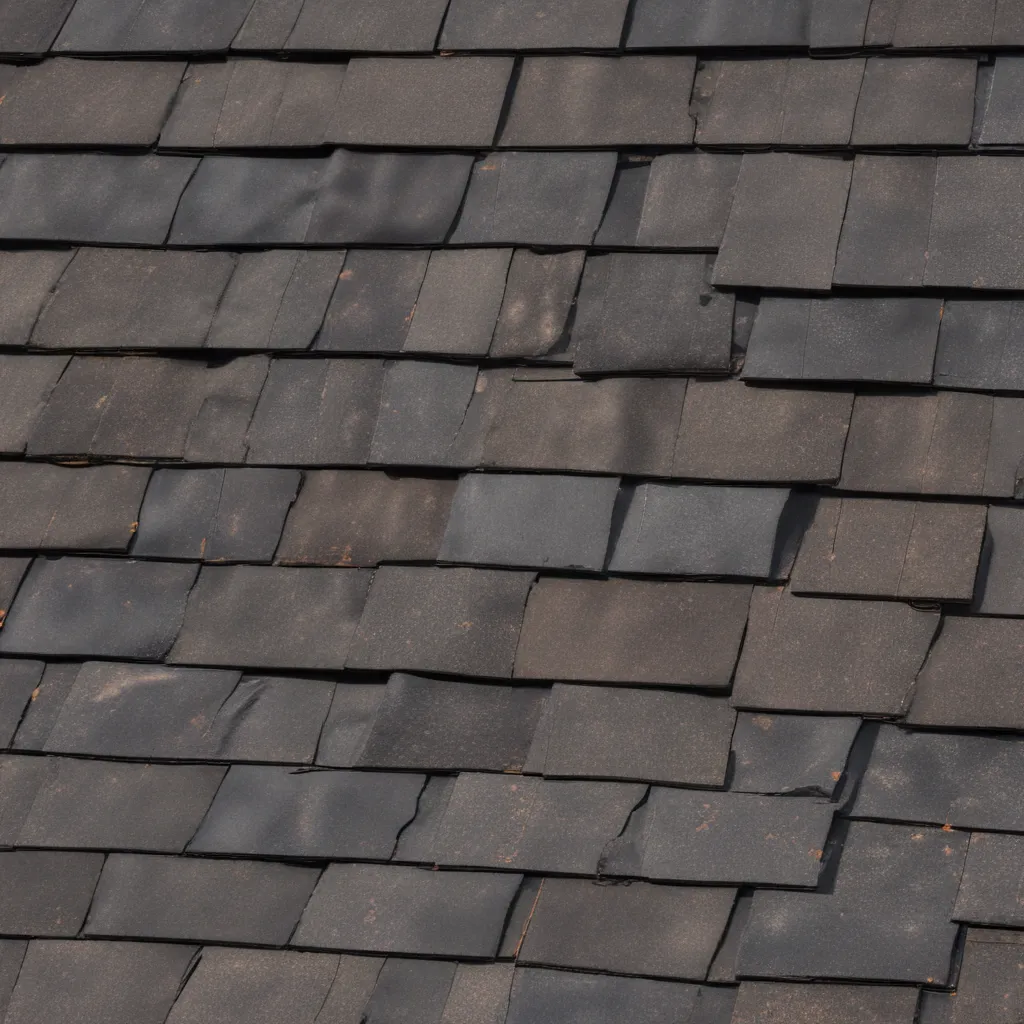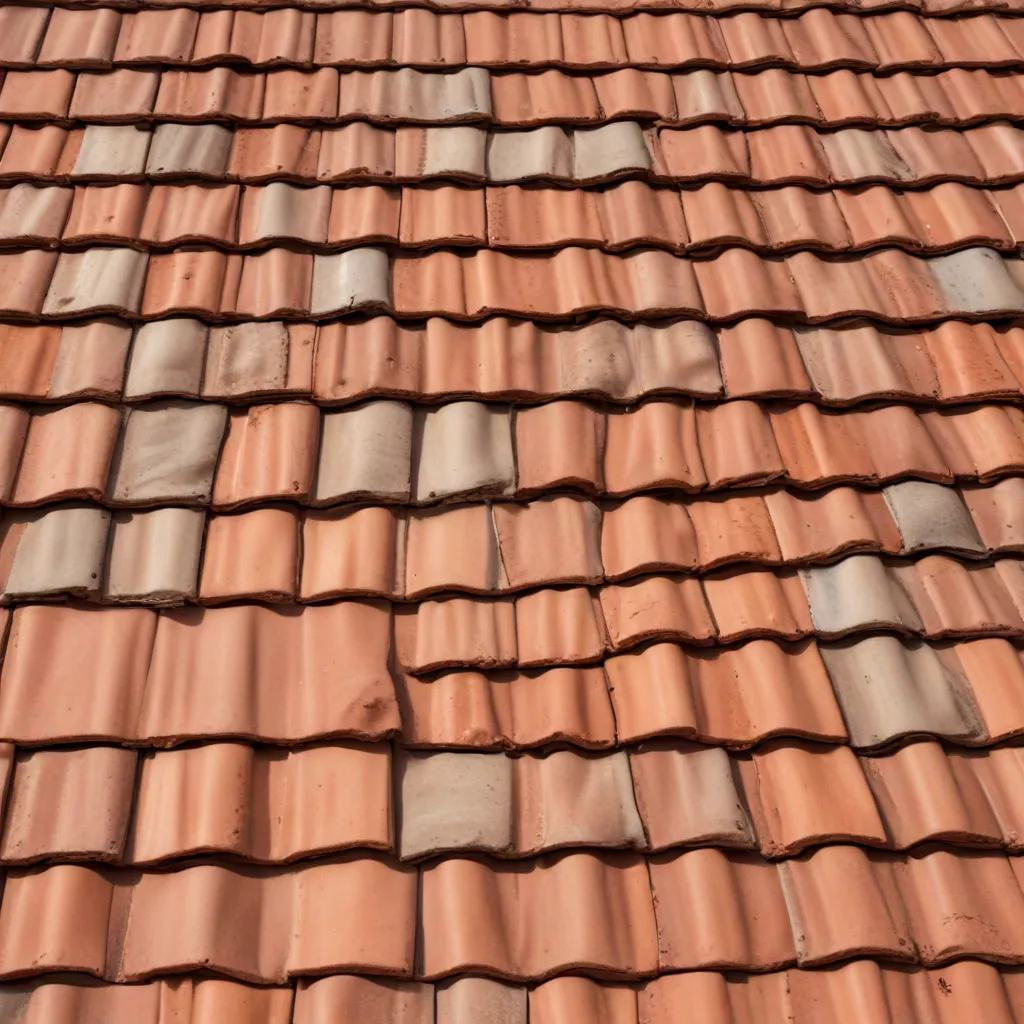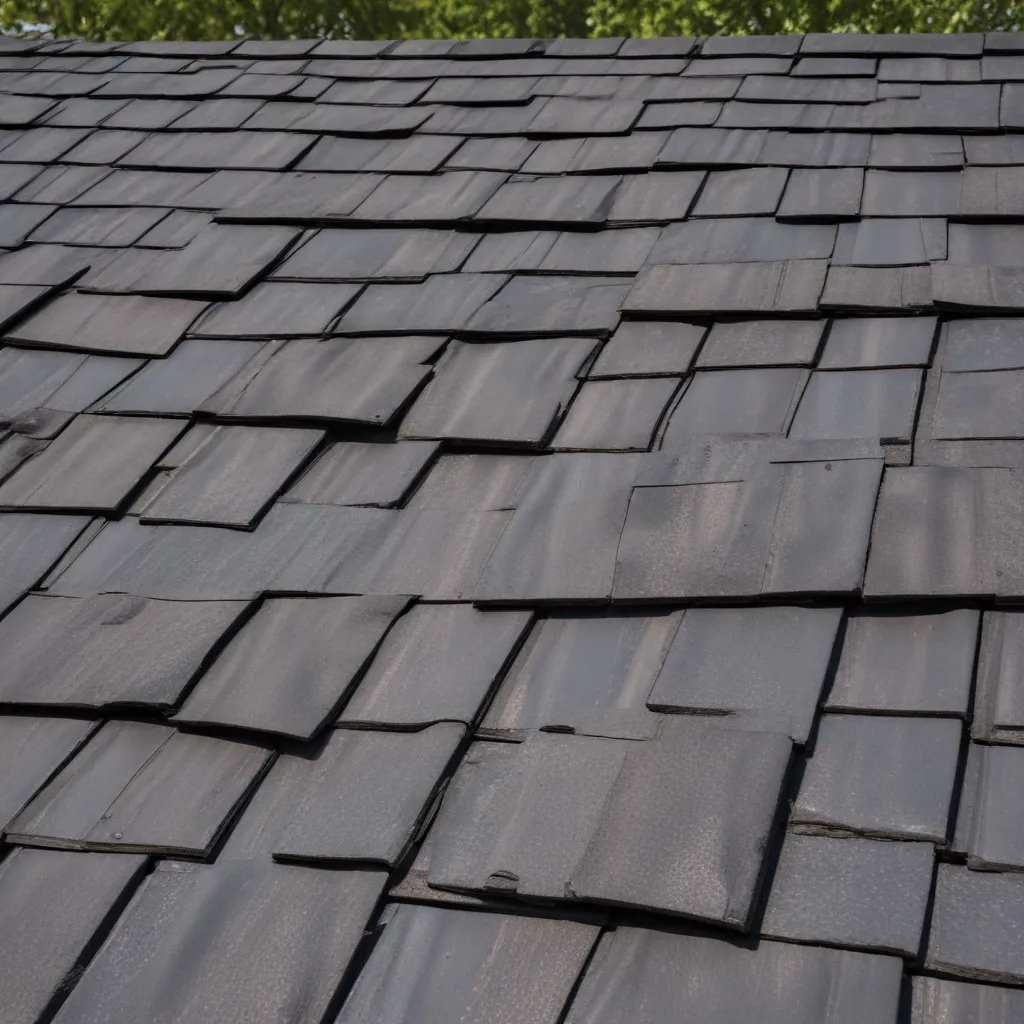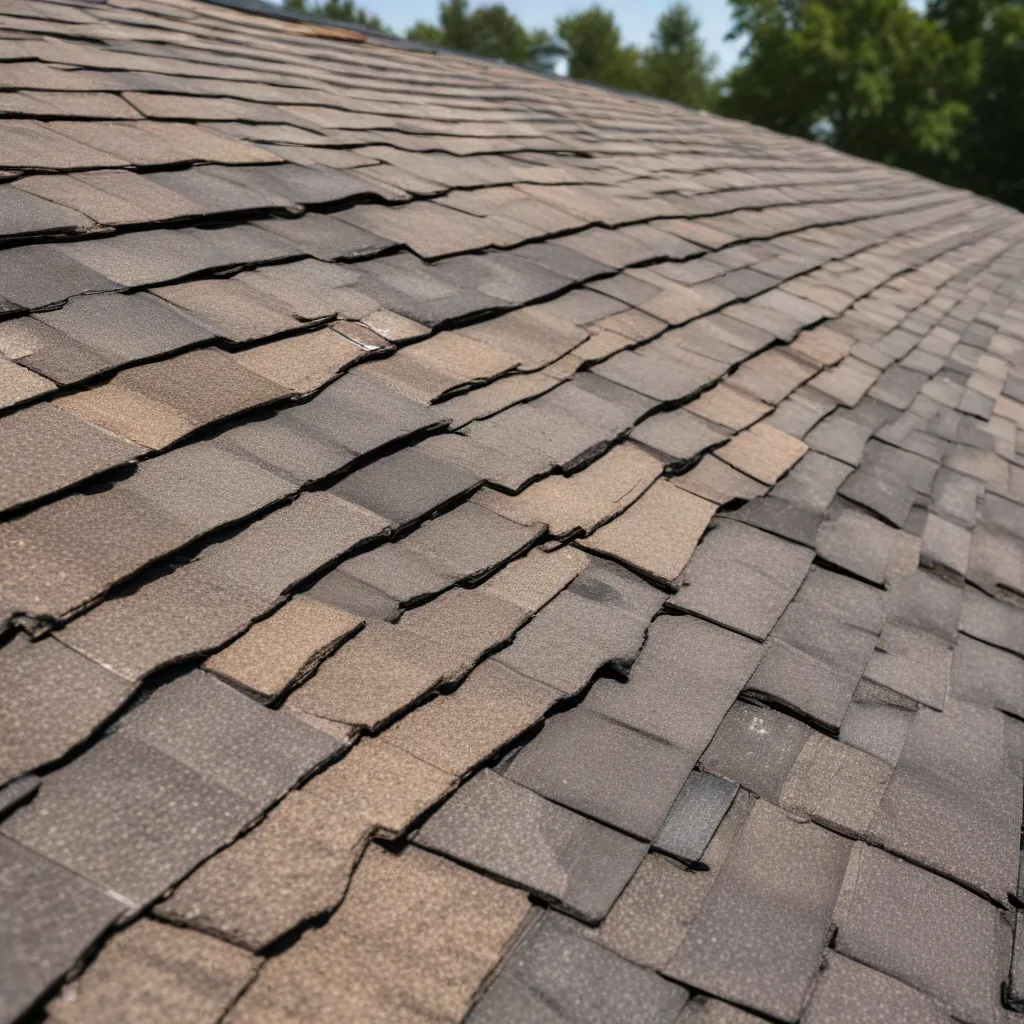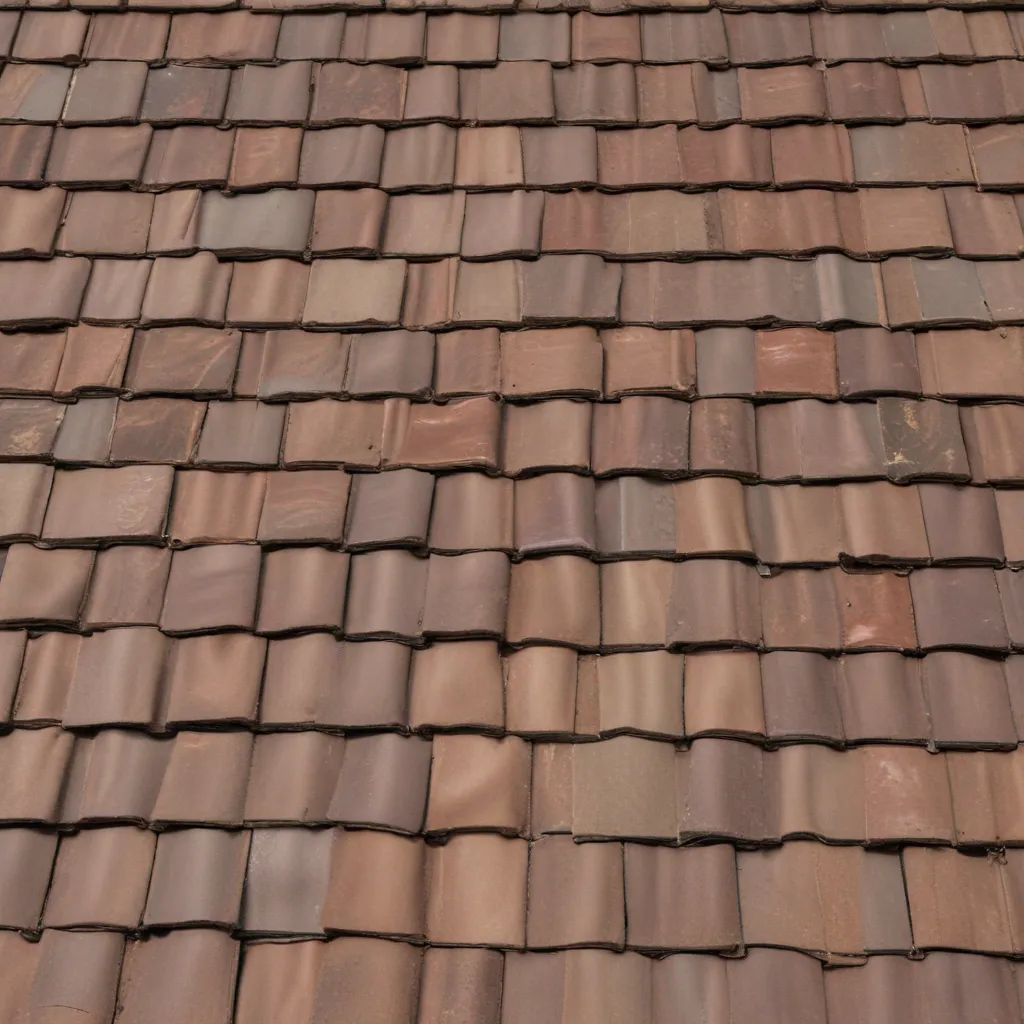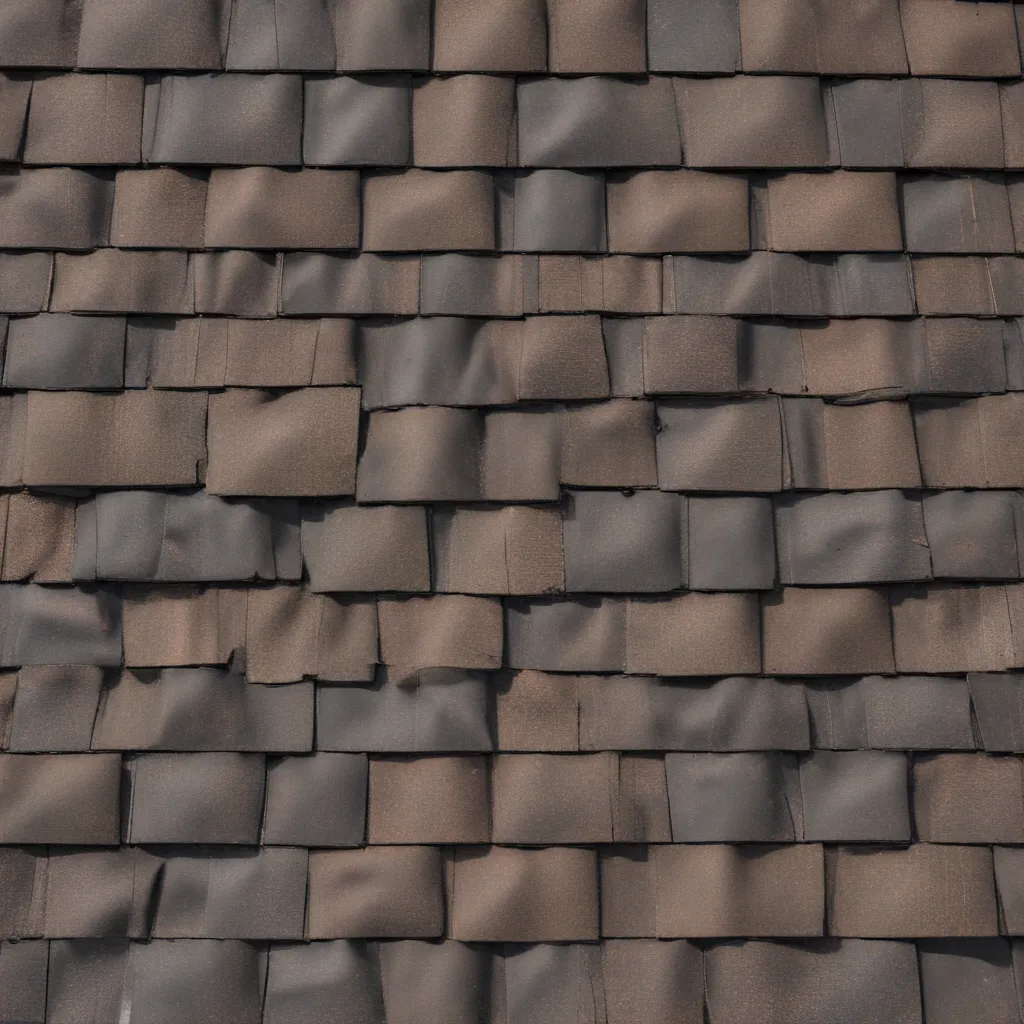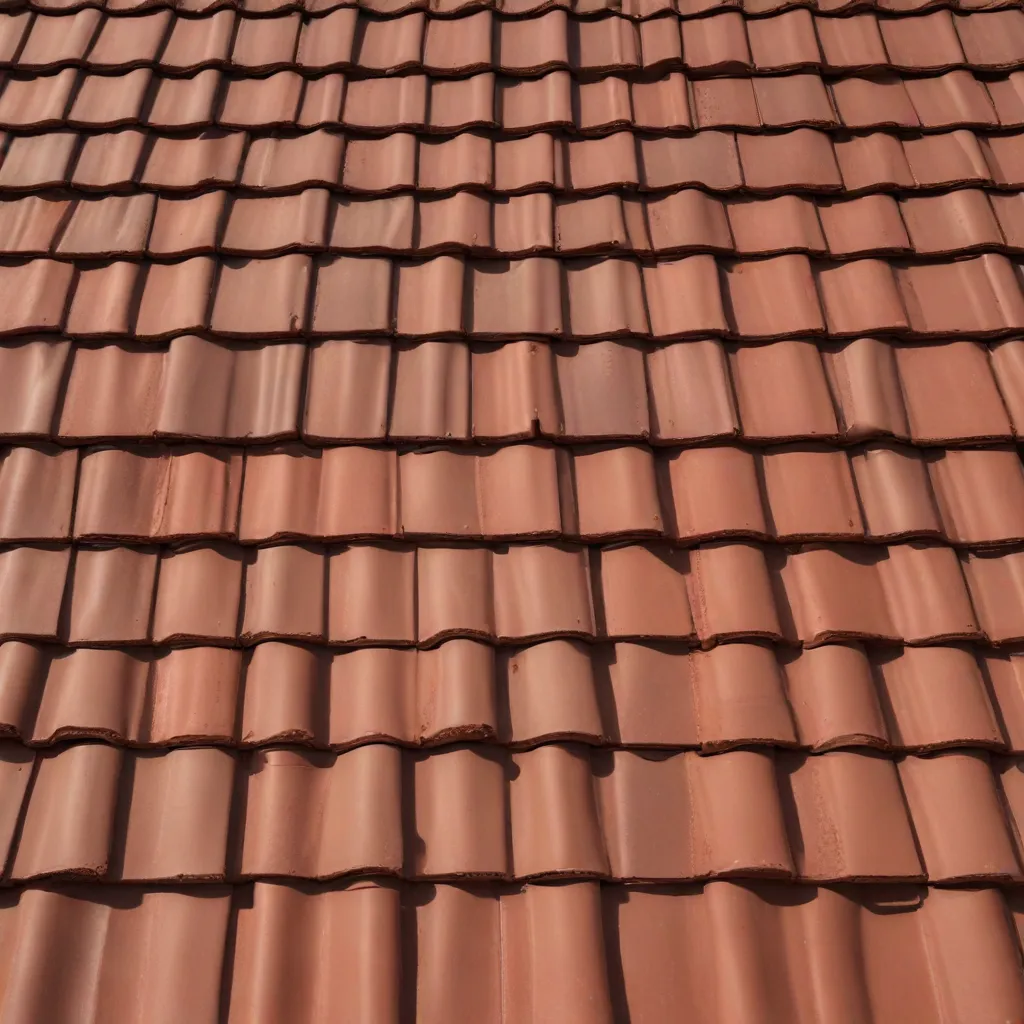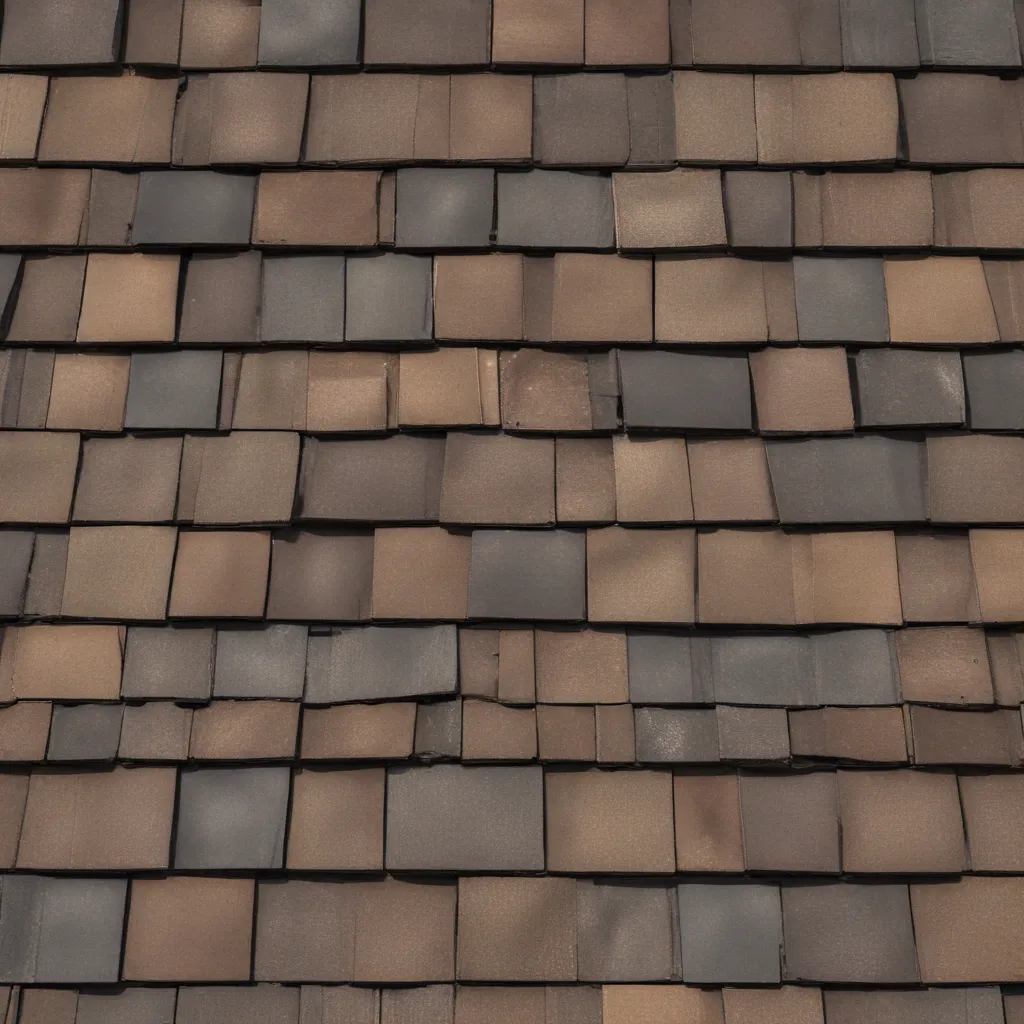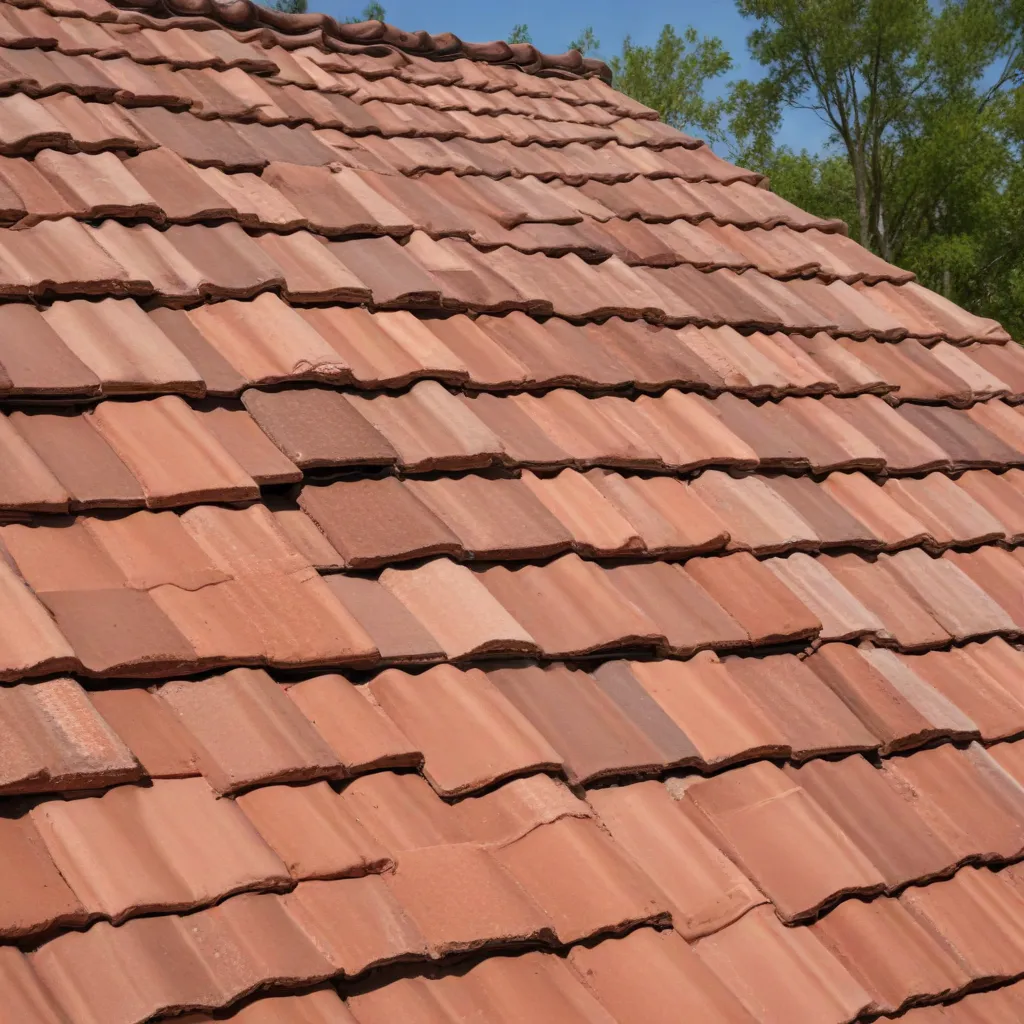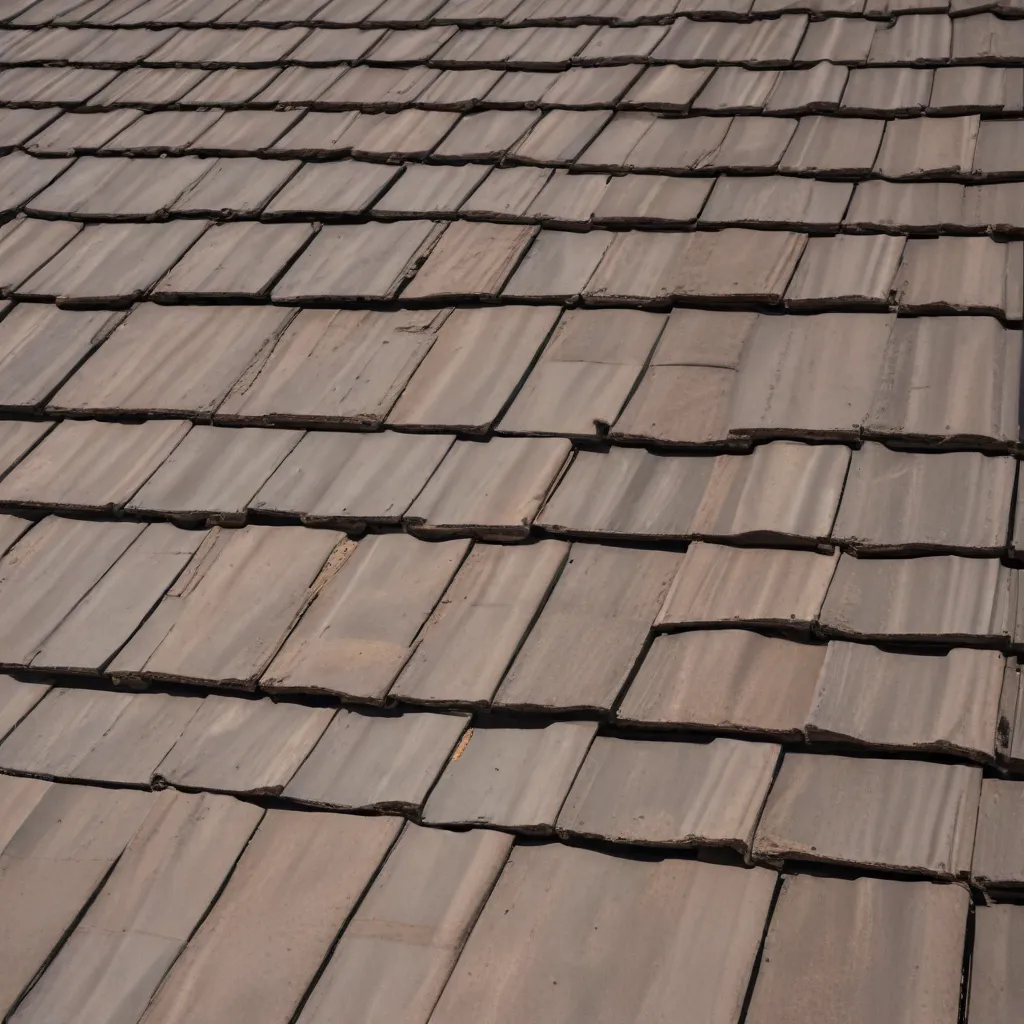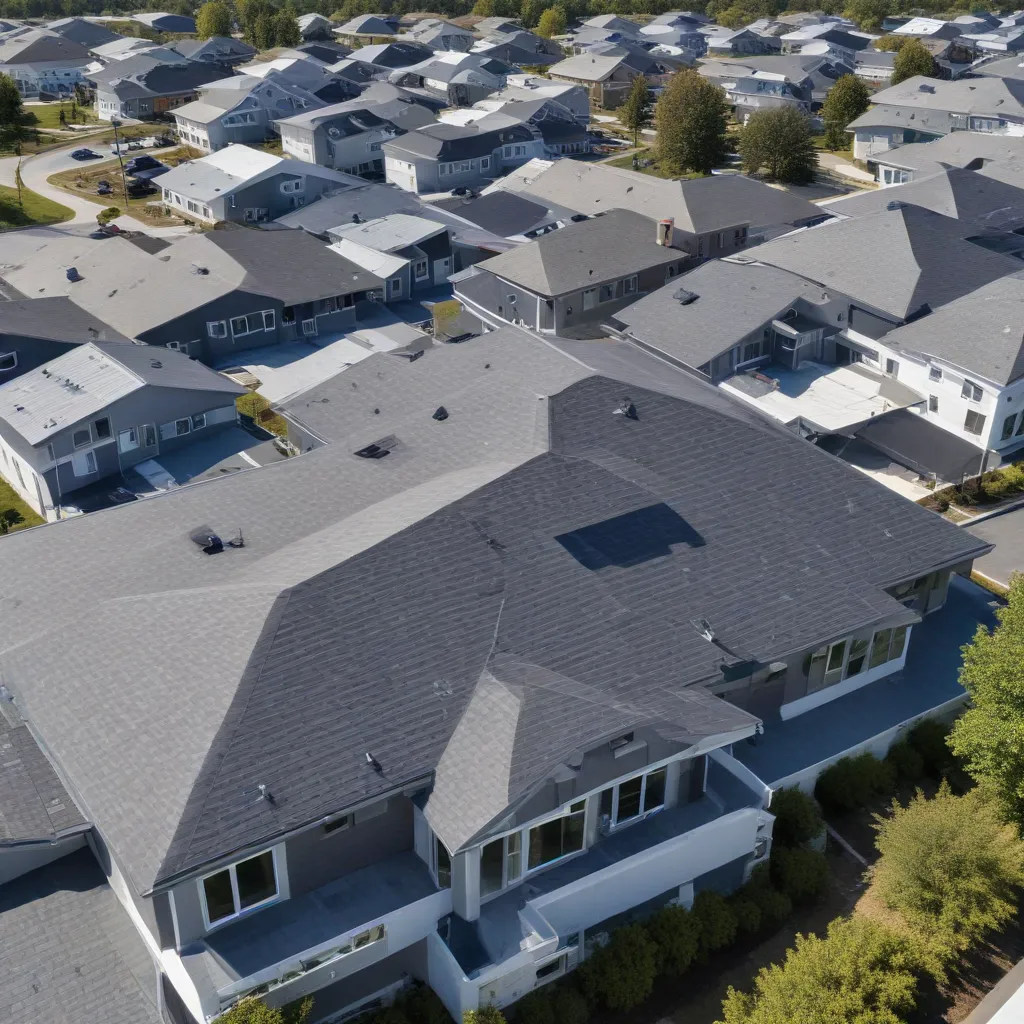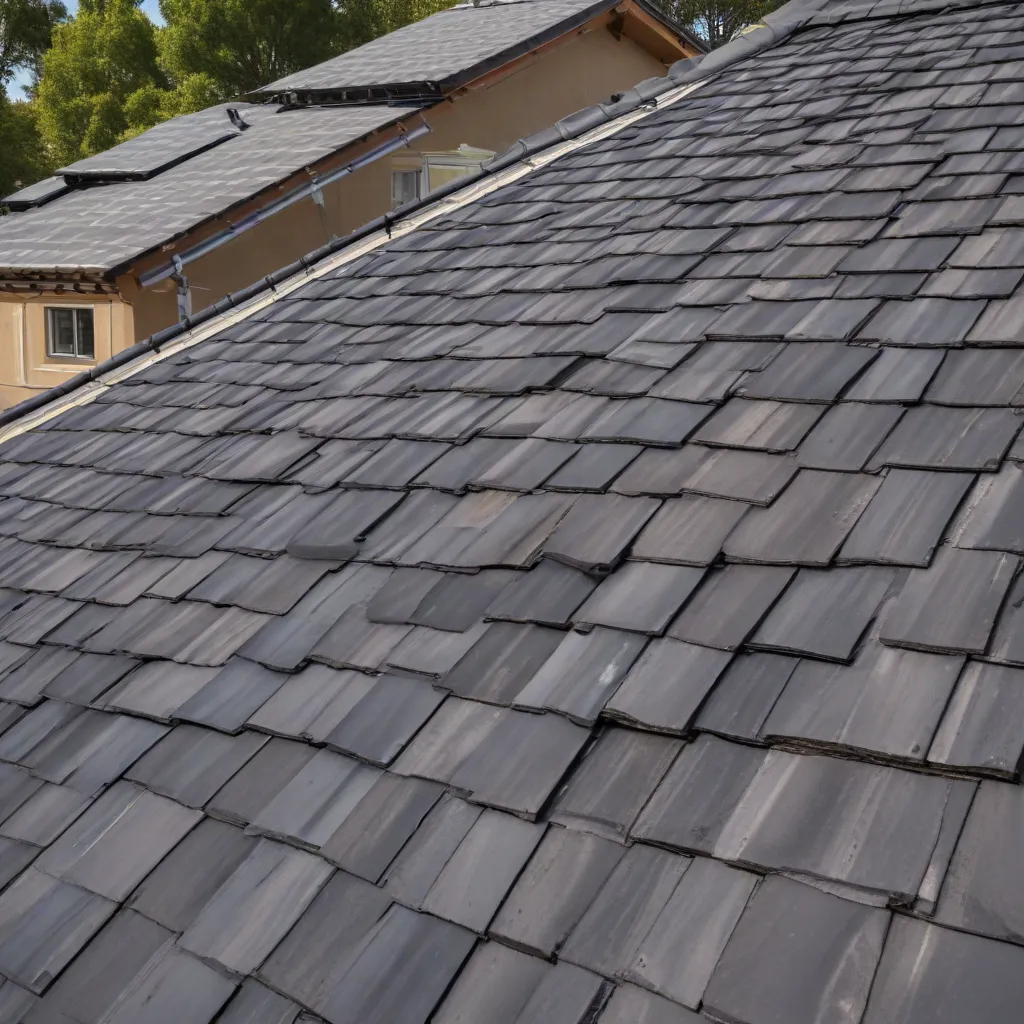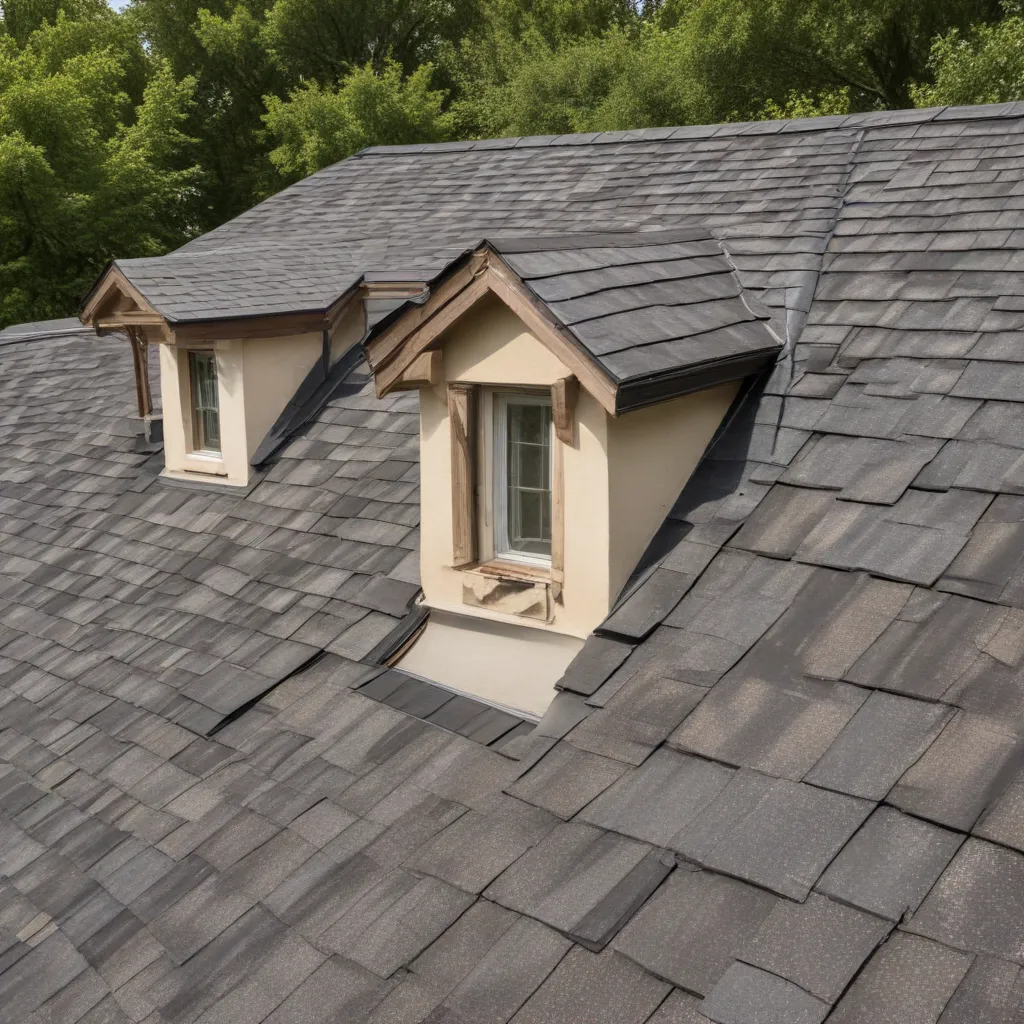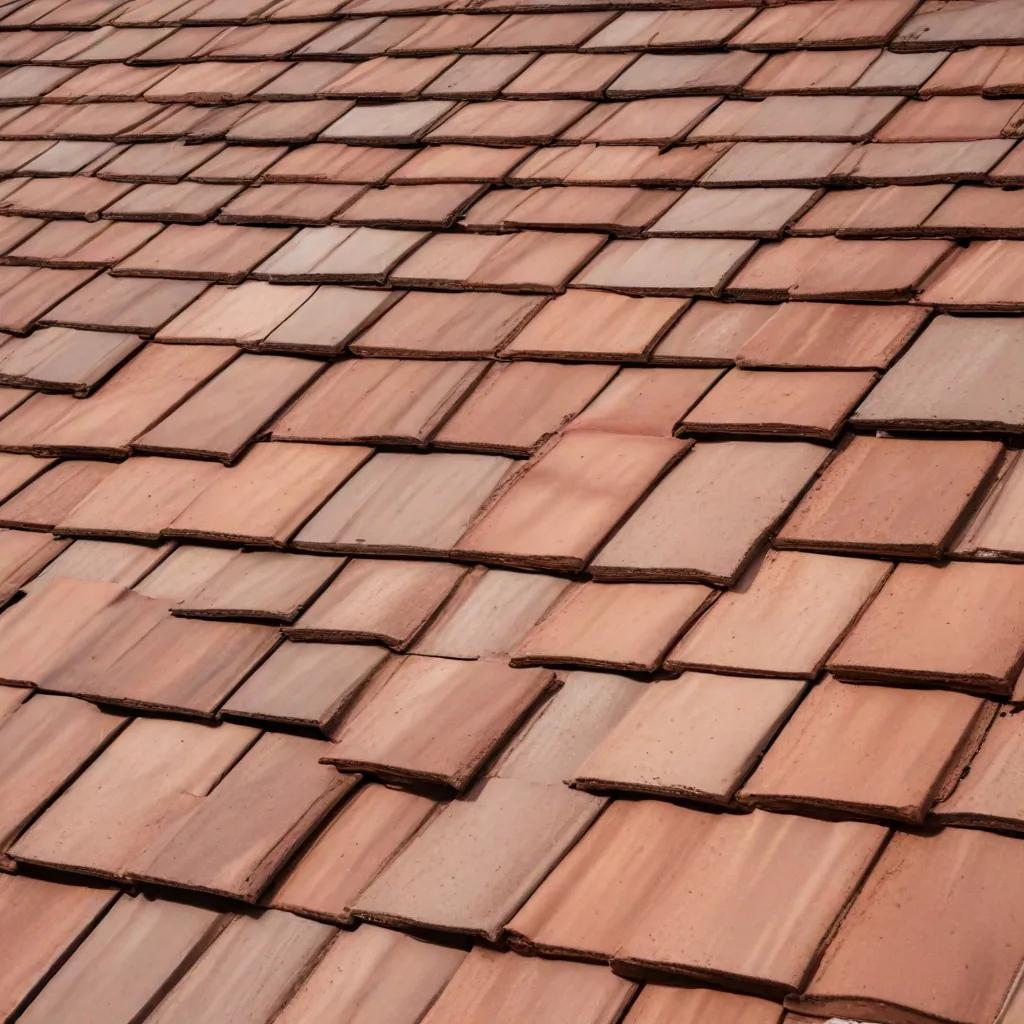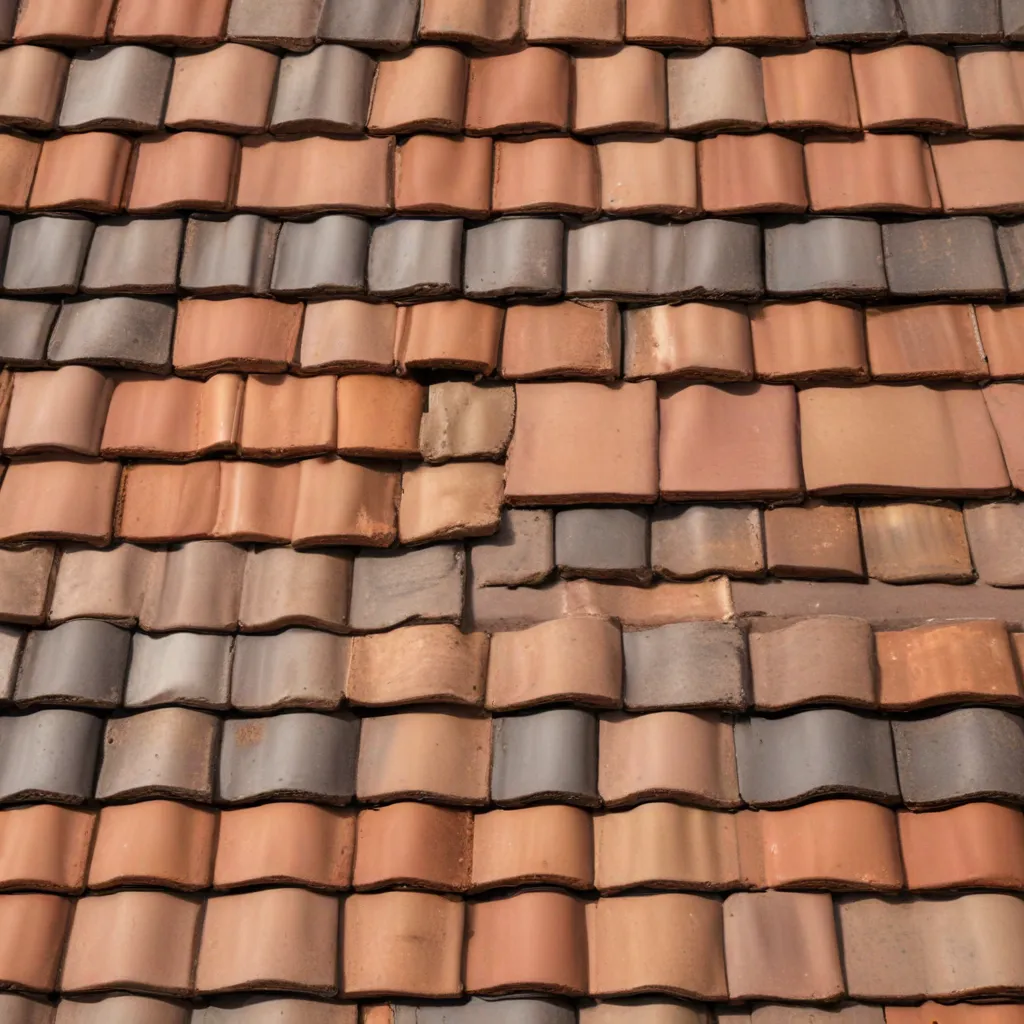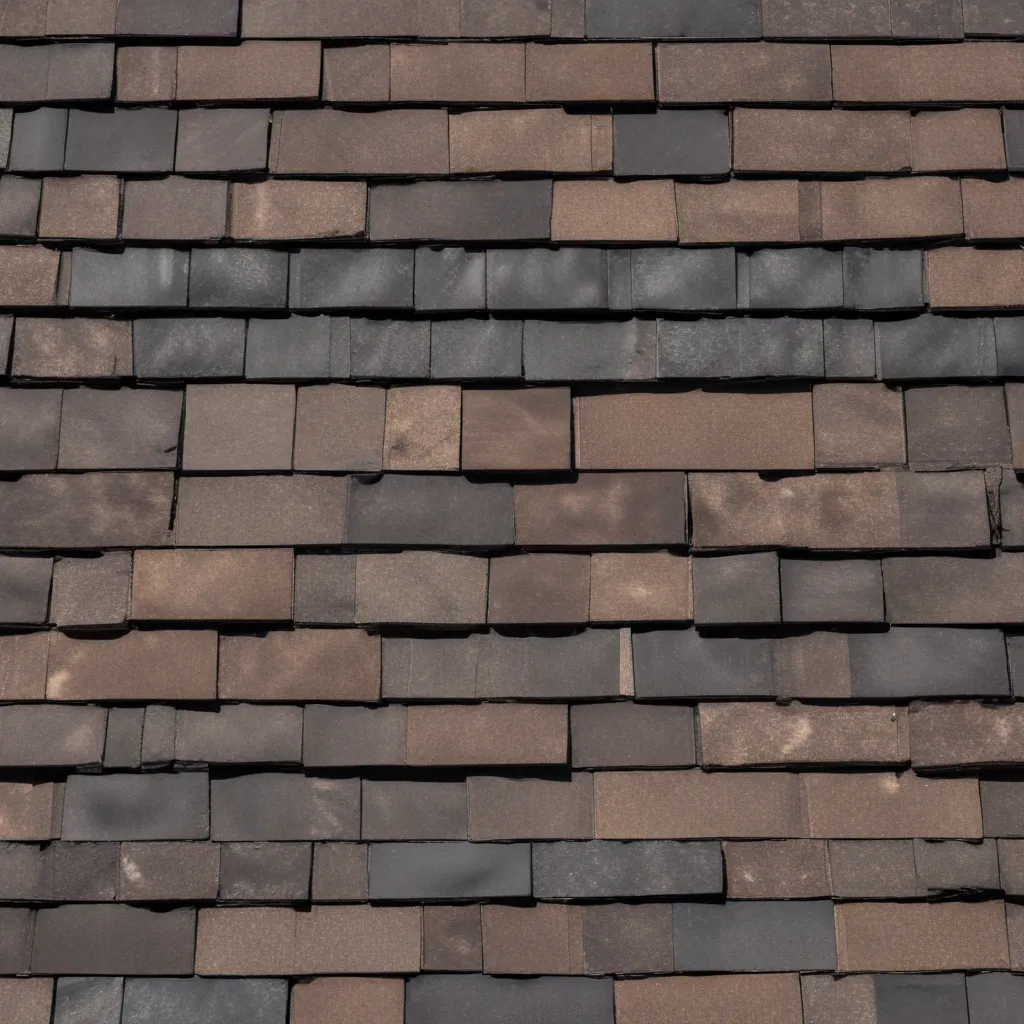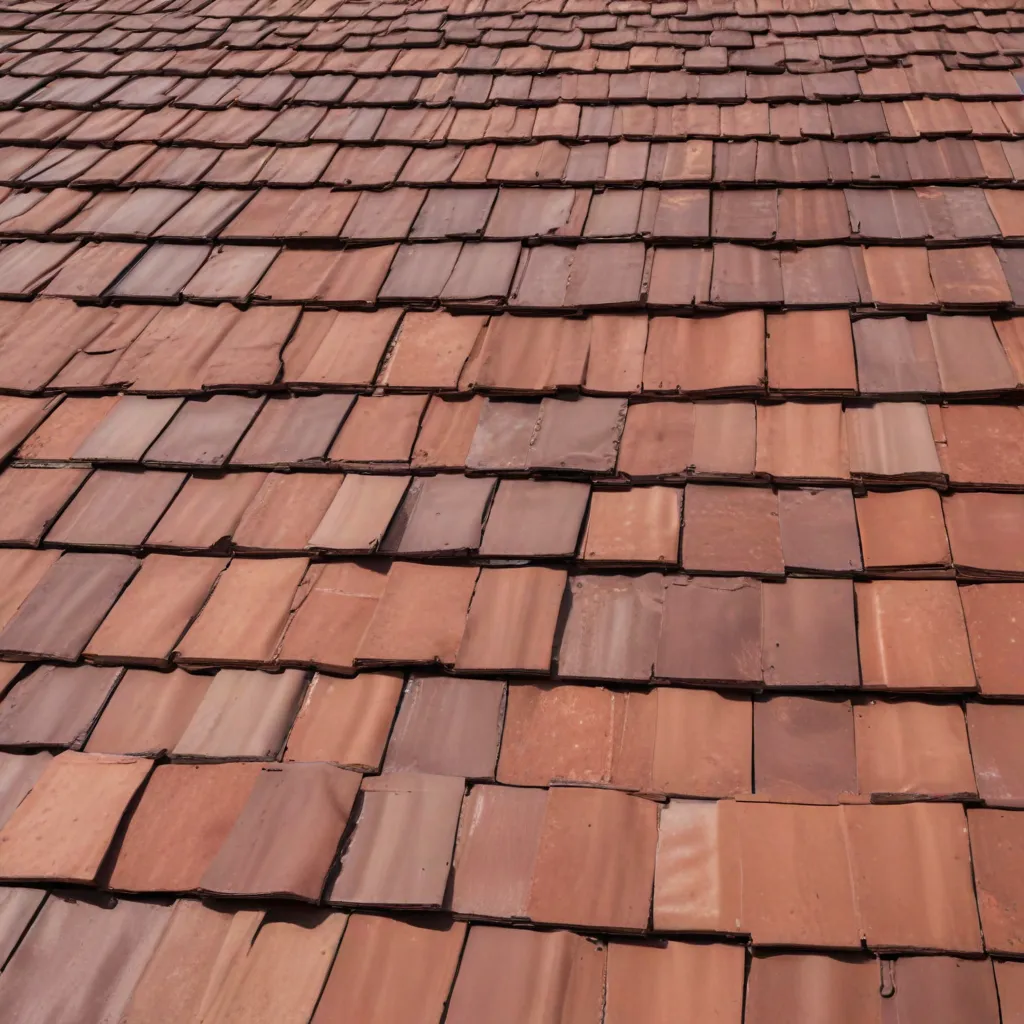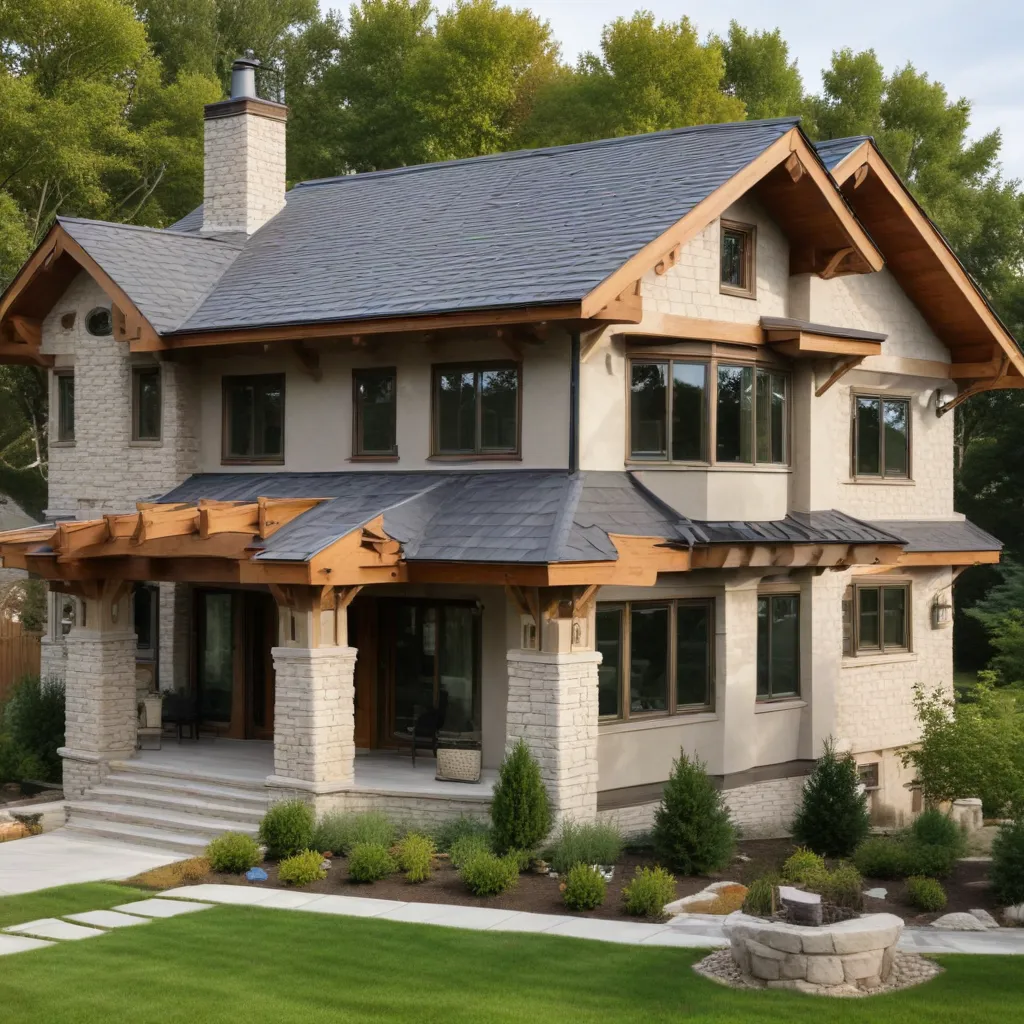
Designing a home is a harmonious balance of form and function – one where the roof seamlessly melds with the overall architectural style to create a cohesive, visually appealing structure. As an experienced roofing specialist with Genuine Roof Systems, I’ll guide you through the key considerations when blending roof and home styles, from classic designs to contemporary innovations.
Traditional Roof Designs
Classic architectural styles often call for traditional roof systems that embody timeless elegance. Tile roofing, for instance, evokes the rustic charm of Mediterranean villas or the stately grandeur of Spanish Colonial homes. The varied texture and earthy tones of clay or concrete tiles can beautifully complement stucco walls, arched entryways, and ornate detailing.
For homes embracing a Tudor or Craftsman aesthetic, slate roofing with its distinctive patterns and natural slate gray hues is a premium choice. Slate’s exceptional durability and fire resistance make it a longtime favorite for historic renovations, while also lending an air of sophistication to modern interpretations of these architectural styles.
Contemporary Roof Styles
As design trends shift toward clean lines and minimalist sensibilities, metal roofing has emerged as a versatile option that seamlessly integrates with contemporary home styles. Standing-seam metal panels in muted tones like charcoal or deep bronze create a striking, modern silhouette that complements the flat or low-pitched roofs favored in many modern farmhouse, Prairie, or mid-century modern designs.
For a softer, more textured look, composite roofing shingles can mimic the appearance of natural slate or cedar shake while offering the maintenance advantages of engineered materials. These synthetic products come in a wide array of colors and profiles, allowing homeowners to customize the roof to their preferred aesthetic.
Sustainable Roof Solutions
Increasingly, homeowners are seeking roof systems that not only enhance their home’s curb appeal but also contribute to its energy efficiency and environmental sustainability. Cool roofs, for instance, utilize reflective pigments or specialized granules to minimize heat absorption, reducing cooling costs and shrinking a home’s carbon footprint.
Solar roofing tiles and panels, meanwhile, seamlessly integrate renewable energy generation into the home’s design, transforming the roof into a cutting-edge power source. As photovoltaic technology continues to advance, these solar solutions are becoming more visually appealing and cost-effective for a broader range of architectural styles.
Classic Architectural Styles
When it comes to blending roof and home styles, traditional architectural designs often provide a strong foundation. Colonial-style homes, with their symmetrical façades and gabled roofs, pair beautifully with asphalt shingles in muted earth tones to create a timeless, stately appearance.
For the grand presence of a Victorian or Queen Anne home, decorative metal roofing in copper or aluminum can accentuate the intricate gables, towers, and ornamental details that define these styles. The warm patina of aged metal roofing harmonizes with the vibrant colors and textured surfaces characteristic of these architectural masterpieces.
Modern Home Designs
As homeowners gravitate toward sleek, contemporary aesthetics, the roof plays a crucial role in achieving a cohesive, minimalist look. Flat or low-pitched roofs clad in metal panels or single-ply membranes can create a seamless transition from the walls to the roofline, emphasizing clean lines and uninterrupted volumes.
For a softer, more organic feel, composite shingles that emulate the appearance of wood shake or slate can lend a modern interpretation to Prairie-style or Craftsman-inspired homes. The versatility of these engineered materials allows them to blend effortlessly with the natural materials, broad overhangs, and horizontal emphasis that define these architectural styles.
Regional Design Influences
Roof selection can also be heavily influenced by a home’s geographic location and the regional design traditions it reflects. In the American Southwest, for instance, clay or concrete tile roofs are a hallmark of Spanish Colonial and Mediterranean-style homes, complementing the stucco walls, arched entryways, and ornamental details that evoke the warmth and rusticity of these historical architectural influences.
Conversely, in the Pacific Northwest, metal roofing in muted tones of charcoal or forest green is a common sight, harmonizing with the lush, natural surroundings and the region’s predilection for Craftsman, Bungalow, and Northwest Regional architectural styles.
Harmonious Integration
Achieving a seamless blend between roof and home starts with understanding the inherent characteristics of both. Proportion and scale are crucial – the roof must be sized appropriately to the home’s overall massing, with features like dormers, gables, and eave overhangs that complement the building’s dimensions.
Material coordination is equally important. Thoughtfully pairing the roof’s color, texture, and finish with the home’s siding, trim, and architectural details creates a cohesive, visually appealing aesthetic. For instance, the warm tones and rustic character of cedar shake siding pair beautifully with the weathered appearance of a slate or metal roof.
Architectural Cohesion
Beyond purely aesthetic considerations, the roof must also respond to the home’s architectural context. In historic districts or neighborhoods with established design guidelines, homeowners must ensure their roof selection aligns with the prevailing styles and materials. Thoughtful integration can preserve the area’s architectural integrity while allowing for personal expression.
For new construction or major renovations, the roof design should be an integral part of the overall architectural vision from the outset. Collaborating with experienced roofing specialists, architects, and designers ensures the roof seamlessly complements the home’s form, function, and regional influences.
Aesthetic Considerations
While technical performance and cost-effectiveness are crucial factors, the roof’s visual impact should not be overlooked. Homeowners seeking to create a distinctive, memorable home often view the roof as a canvas for artistic expression, exploring bold color palettes, unique profiles, or specialty finishes that elevate the structure’s curb appeal.
Whether it’s the weathered charm of a metal roof, the timeless elegance of slate, or the textural interest of composite shingles, the roof can become a defining architectural feature that enhances the home’s character and strengthens its connection to the surrounding landscape or neighborhood aesthetic.
Conclusion
Blending roof and home styles is a delicate balance of form, function, and regional influence. By understanding the inherent characteristics of various roofing materials and architectural styles, homeowners and design professionals can create structures that are both visually captivating and responsibly engineered.
At Genuine Roof Systems, we’re dedicated to providing tailored solutions that seamlessly integrate with your home’s unique aesthetic, ensuring your roof becomes an integral part of the overall architectural vision. Let us guide you through the process of finding the perfect roofing system to elevate your home’s design and performance. Visit our website to learn more about our comprehensive roofing services and explore the endless possibilities for your next project.

